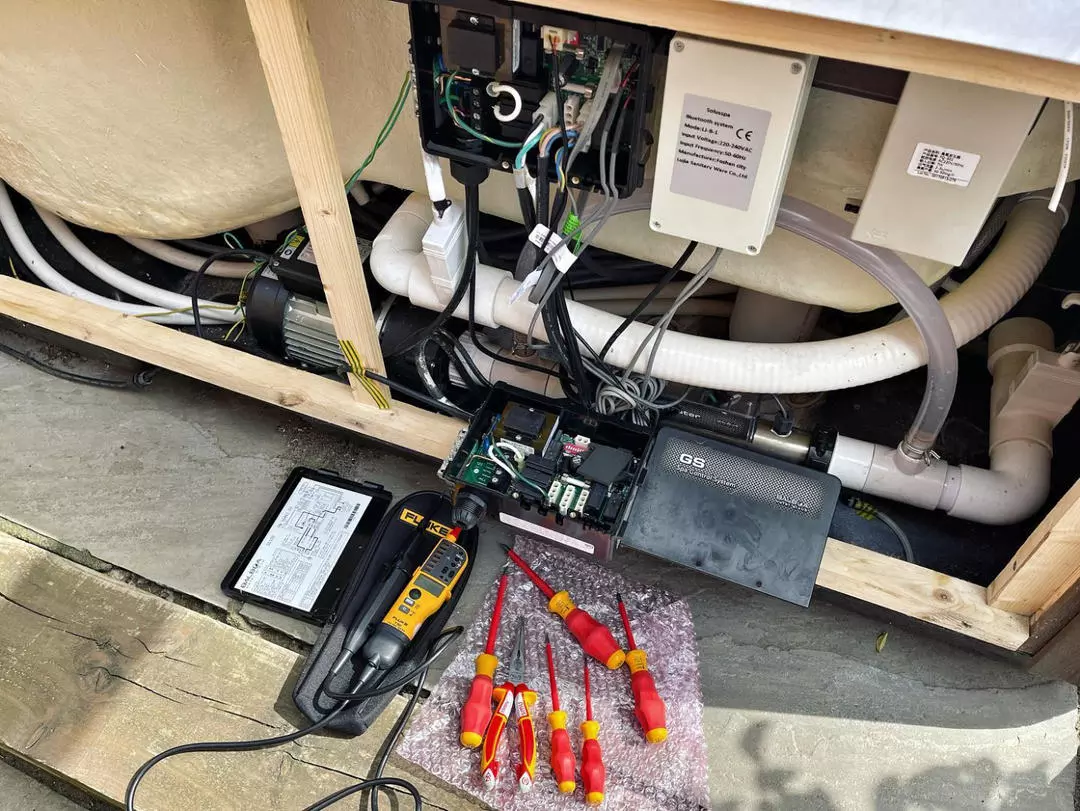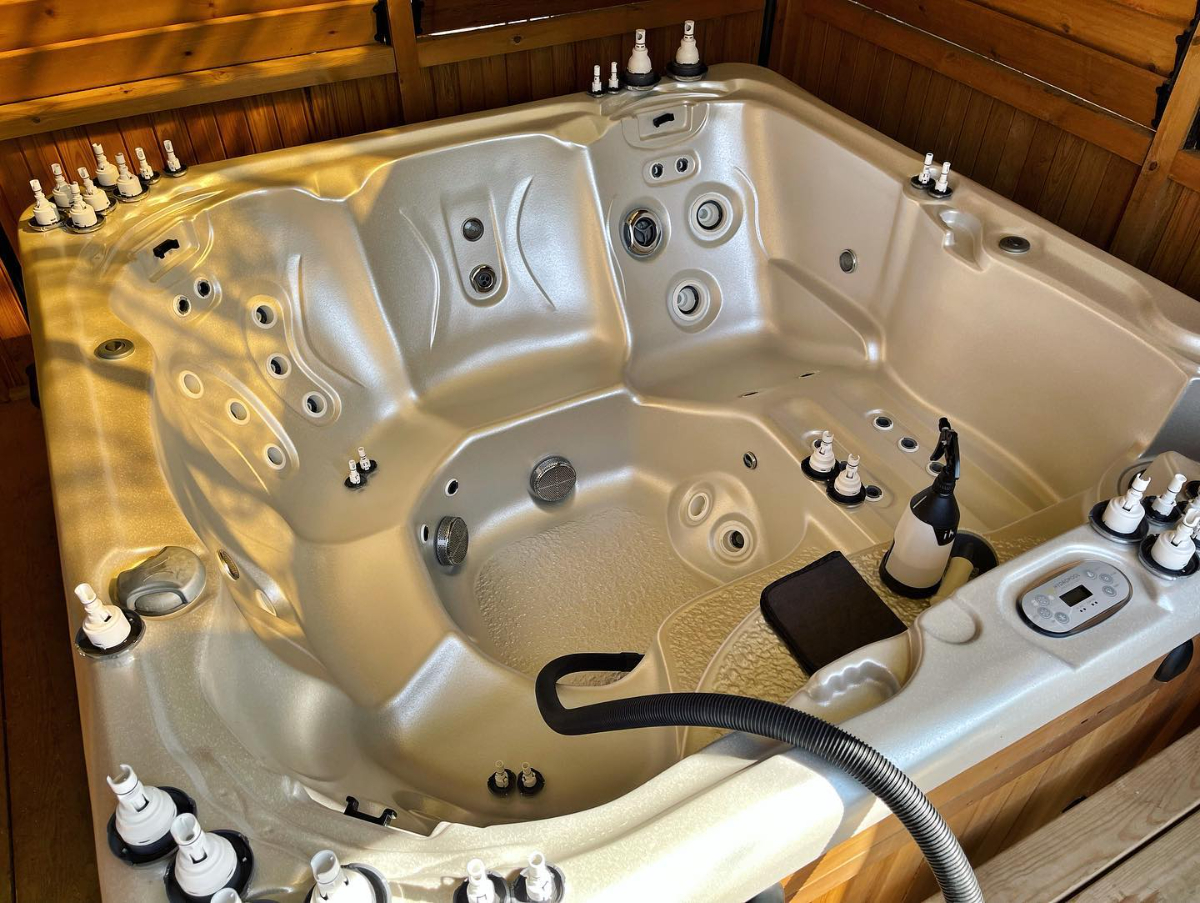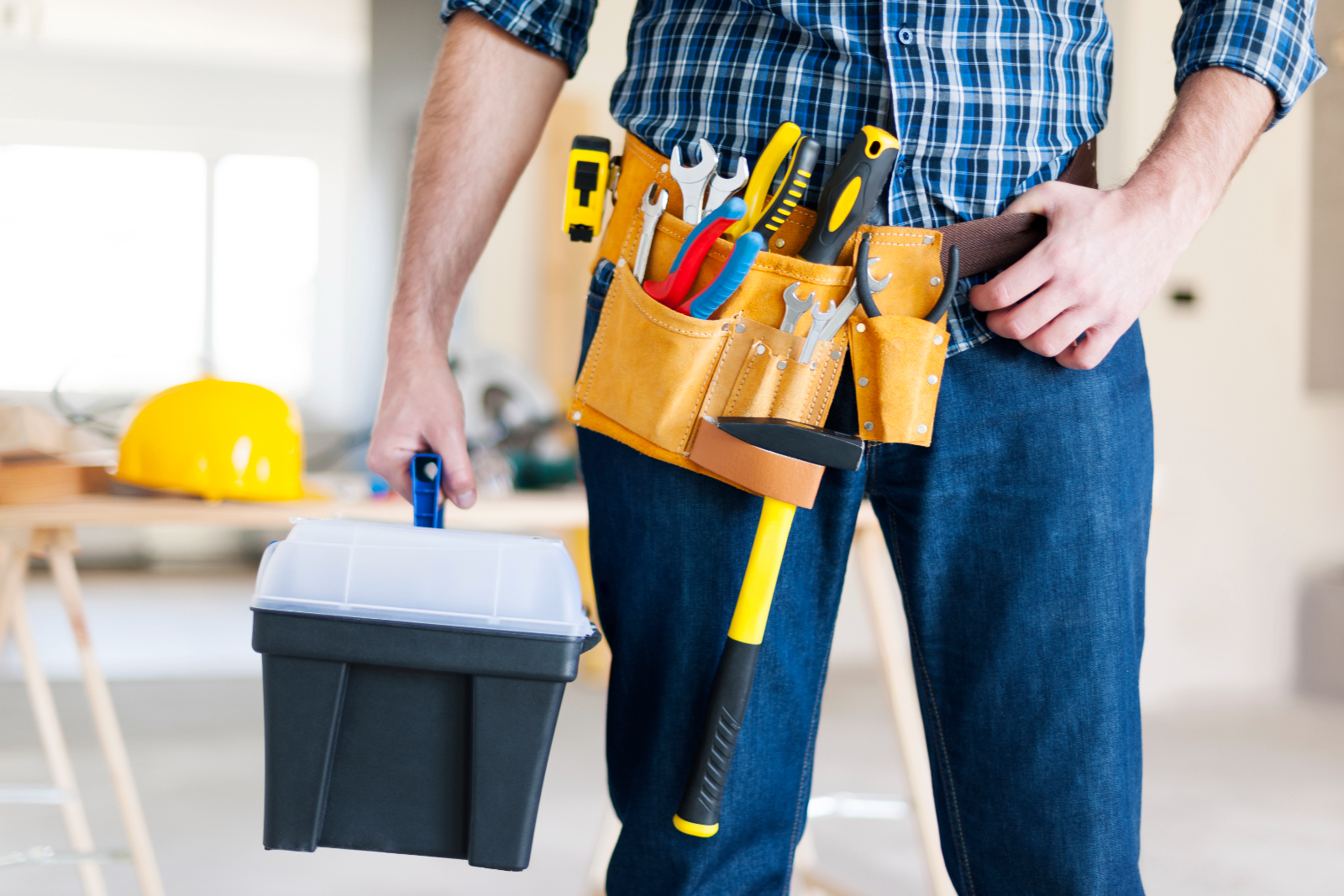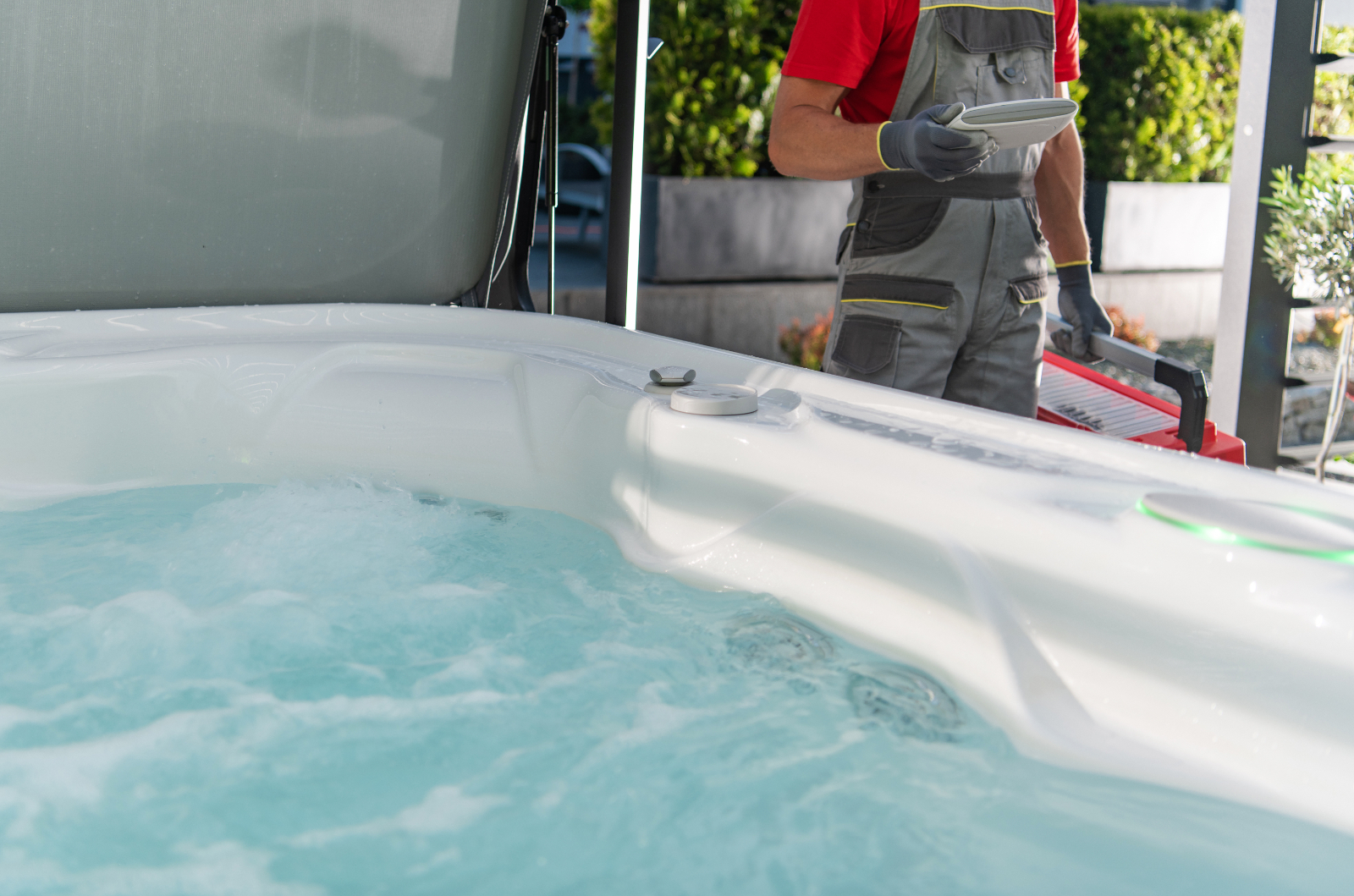Discover if maintaining a hot tub is expensive by exploring the costs involved, including energy consumption, water treatment, and regular servicing. Get tips on how to manage expenses and keep your hot tub in top condition without breaking the bank.
Types of Hot Tubs
The question is also influenced by the type of hot tub chosen. Hot tubs come in various shapes, and sizes, and are constructed from a range of materials. Portable and inflatable hot tubs are relatively more affordable to maintain compared to built-in hot tubs. This affordability is often due to the simplicity of design and ease of installation and removal. As they are lightweight, they can be stored away when not in use, reducing the risk of wear and tear.
Additionally, they are generally energy efficient and cost-effective, making them a popular choice for many households. On the other hand, built-in hot tubs tend to offer better insulation, which can be a significant advantage in colder climates. The better insulation ensures that the water temperature remains stable for longer periods, potentially leading to energy savings in the long run.
However, built-in hot tubs come with more complexities in terms of installation and regular maintenance, which can lead to higher costs. These hot tubs require a fixed location and often need more significant structural work, including plumbing and electrical connections, making the initial setup more expensive.
Hot Tub Repair Costs
Hot tub repair costs are influenced by various conditions such as type, usage, and maintenance. Common issues with hot tubs often include problems with pumps, heaters, and control systems.
The average cost to fix these issues could range from £70 to £200 depending on the complexity of the repair. Pumps are essential for circulating water and maintaining cleanliness.
If a pump fails, it could impede water flow, potentially leading to stagnant and unsafe water conditions. Heater issues can disrupt the temperature, making your hot tub either too cold or scalding hot.
Control system problems may affect the overall operation and functionality of your hot tub, requiring professional diagnostic and repair services.
It is essential to keep in mind that these costs can escalate if the problems are severe or if regular protective maintenance has not been adequately performed.

Without regular maintenance, minor issues could turn into significant problems, requiring extensive repairs and higher costs. Preventative measures play a critical role in the longevity and efficiency of your hot tub. Routine checks and timely maintenance can help identify potential issues before they become significant problems. Regularly inspecting and cleaning your hot tub ensures it operates at optimal efficiency, extending its lifespan and saving you money in the long run.
In conclusion, while repair costs for hot tubs can vary based on the nature of the problem and maintenance history, addressing issues promptly and maintaining a regular maintenance schedule can help manage expenses. Always consult with a professional for accurate assessments and reliable repair services.
Common Hot Tub Maintenance Issues
Whichever model you choose, there are a few common hot tub maintenance issues you should be aware of. They include maintaining water cleanliness, ensuring the heater is operating efficiently, and keeping jets running smoothly. Issues with these elements could increase heating costs and may necessitate costly repairs. Regular checking of these elements plays a significant role in preventing unnecessary repair bills and keeping your hot tub running efficiently.
One of the most crucial aspects is maintaining water cleanliness. Unclean water can lead to health issues and reduce the lifespan of your hot tub. Make sure to regularly test the water's pH levels and add chemicals as needed to keep it balanced. It's also essential to clean the filters frequently, as clogged filters can strain the system. Ensuring the heater is operating efficiently is another vital aspect. If the heater isn't working correctly, it not only affects water temperature but can also increase your energy bills.
Regularly checking for any issues with the heater and addressing them promptly can save you money in the long run. Keeping the jets running smoothly is also important. Over time, jets can become clogged or lose pressure, affecting the overall experience. Regular cleaning and maintenance of the jets can help avoid these problems.
In summary, regular maintenance of your hot tub is crucial for its longevity and efficient operation. By focusing on water cleanliness, heater efficiency, and jet performance, you can prevent many common issues. This will keep your hot tub in top condition and save on unnecessary repair costs. Remember, proactive maintenance is always better than reactive repairs.
Hot Tub Leaks
Another common issue with hot tubs is leaks. Most of the time, the leaks are minor and can be fixed with a sealant, a task that can be done at minimal cost.
However, if the leak is major or in a hard-to-reach location, it may require professional attention. The cost for such a repair can range from £100 to £150.
Therefore, it is critical to check for these leaks periodically to ensure that small leaks don’t balloon into a bigger, more costly issue. Minor leaks can often be easily detected and fixed by yourself. Many products are available on the market that can help you identify the source of the leak.
For example, you can use a food colouring solution to find where the water is escaping. Just add a few drops of food colouring to the hot tub's water and observe where it emerges.

Once you locate the leak, you must drain the hot tub to apply the sealant correctly. Make sure to follow the instructions on the sealant packaging to get the best results.
On the other hand, some leaks are more challenging to find and fix. Leaks can occur in various parts of the hot tub, including the plumbing, jets, or the shell itself. These can be much harder to access and repair without the proper tools and expertise. If you suspect a significant leak, it's wise to call a professional. They will have the necessary equipment and skills to locate and repair the leak effectively.
The peace of mind that comes with knowing the job was done correctly might be worth the extra cost. It’s essential to regularly inspect your hot tub for any signs of leaks or other issues. Look out for unexplained drops in water level, damp patches around the tub, or reduced efficiency in heating. Addressing small problems early can prevent them from turning into major issues that are more difficult and expensive to fix.
Regular Hot Tub Maintenance
Regular and planned hot tub maintenance can save you time and money in the long run. It’s important to budget your time to clean the filters, test the water quality, and drain and refill the tub as needed. By doing so, you will make your hot tub more energy-efficient, extend its lifespan, and reduce the need for expensive repairs. Moreover, it’s worth noting that the cost of running a hot tub for an hour per day is significantly lower than keeping it heated all day long.
This means that your usage habits and effective management can determine the overall cost of maintaining a hot tub. Proper maintenance helps ensure that the water stays clean and safe for use, which is especially important for those with sensitive skin or allergies. Cleaning your hot tub filters regularly is essential to keep the water clear and free of debris. Dirty filters can strain the pump and other components, leading to costly repairs or replacements. To clean the filters, simply remove them and rinse them with a hose.
For a deeper clean, soak them overnight in a filter-cleaning solution. Testing the water quality is also crucial. Balanced water prevents harmful bacteria and algae from growing and keeps the hot tub's components from corroding. You can use test strips or a liquid test kit to check the pH, alkalinity, and sanitiser levels. Adjust these levels as needed with chemicals specifically designed for hot tubs. Draining and refilling your hot tub periodically ensures fresh water. This process should be done every three to four months, depending on how frequently you use the tub.
Turn off the power, drain the water, clean the surfaces, and then refill it. This will help keep your hot tub in top condition, preventing buildup and ensuring the water remains clear. In summary, regular maintenance, including cleaning the filters, testing water quality, and draining and refilling the tub, will help you save money in the long run.
At The Hot Tub Engineer, I provide expert-level services for hot tubs, swim spas, and pools in and around Maidstone, Kent. I can carry out yearly servicing appointments, as well as cleaning sessions, general maintenance, installations, and more.






